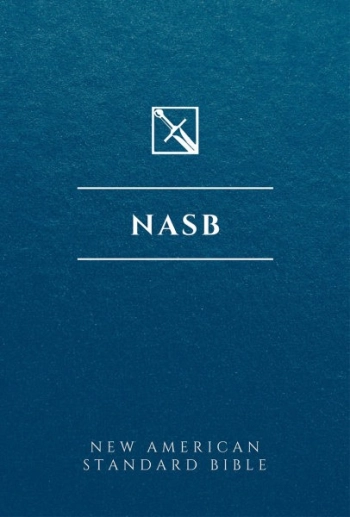1599 Geneva Bible (GNV)
The Geneva Bible: A Cornerstone of English Protestantism A Testament to Reform The 1599 Geneva Bible... Read More
The New American Standard Bible 1995 (NASB1995) is a significant revision of the original NASB published in 1971. While maintaining the core principles of literal translation, the 1995 update aimed to enhance readability and clarity while preserving the accuracy that defined the original text.
The NASB1995 is rooted in the same commitment to literal accuracy as its predecessor. It strives to preserve the grammatical structure and word order of the original Hebrew, Aramaic, and Greek texts, providing a precise rendering of the biblical message. However, unlike the original NASB, which sometimes resulted in awkward or archaic English, the 1995 update focused on improving the readability of the text without compromising its accuracy.

The NASB1995 has been widely adopted by churches, Bible students, and scholars who appreciate its commitment to literal accuracy while offering improved readability compared to the original NASB. It has become a standard for those seeking a faithful and understandable translation of the Bible.
While the NASB1995 has been praised for its balance of accuracy and readability, some critics argue that it still retains some of the challenges associated with literal translations, such as occasional awkwardness in English style. However, the overall consensus is that the NASB1995 is a significant improvement over the original and a valuable resource for biblical study.
The New American Standard Bible 1995 is a testament to the ongoing pursuit of excellence in Bible translation. It builds upon the strengths of the original NASB while addressing its limitations, resulting in a translation that is both accurate and accessible. The NASB1995 continues to be a popular choice for those who value a literal approach to Scripture while desiring a translation that is easy to understand.